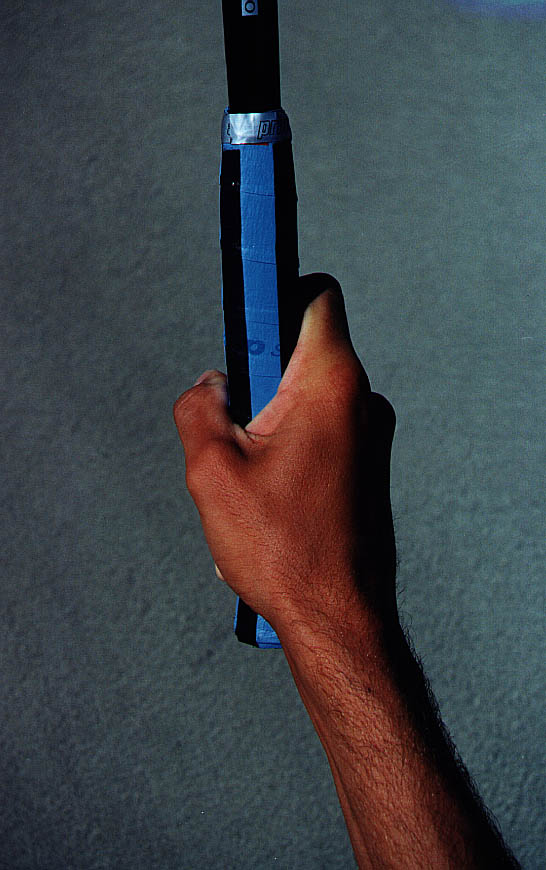But, the rally really begins with the third shot. A properly played third shot sets the serving team up to meet their opponents at the net, to create balance in the rally. Poor execution of the third shot gives the team defending the serve an advantage, because they are already at the net or should be.
The third shot allows the serving team to get into or to force a short game on their opponents. The short game is the equalizer for pickleball enthusiasts. If you are playing against heavy hitters, especially good ones, they can drive shots at you, through you or by you in the blink of an eye, but only if you give them the opportunity.
The short game sllloooowwwwssss everything down, and allows you to control the flow of a rally even if you are up against the blasters.
So, how do you get into that transition successfully? Well, the answer is like it is for most shots in the game, Practice. But, what are you trying to practice.
The video linked below and here if you cannot see the pic below has two of the better Florida Villages players father and son Brian and Matt Staub showing what it is, how you prepare for it, and how you execute it, even if it does not achieve its initial objective.
First is how to hold the paddle. The Staubs recommend the Continental Grip and it is pictured below. As they describe, it creates somewhat of an open paddle face, which helps with the arc that is required for the ball to do what you want it to. The Continental grip is a very useful grip in almost all situations and should probably be the go to way of gripping a paddle for most players, at least until you have the facility to change grip on the fly for a particular purpose.
Typically, the third shot is being taken from further back on the court, and the objective of the shot is to land it in the kitchen area softly, eliminating hard shot returns by your opponents, thus allowing you to advance to the net and get into a short game looking for the advantage to put a shot away or seriously challenge your opponent.
Even if you practice this shot, and execute it pretty well, the kitchen area is small enough that a not bad shot is often not good enough against smarter and stronger players. The Staubs show a split step transition method where if your shot is not good enough for you to advance all the way to the net, you can take a step or two, prepare for the return, dump into the kitchen again and advance a few steps closer. The video shows this method well.
So, if you have watched the video, how do you practice this all important shot so that it is a key piece of your arsenal of shots.
Third Shot Drill
Well, lately we have modified a drill that we came across that seems to be very effective to build skill with the third shot. You can do the drill with 2 players on opposite of the net or in pairs with 4 players.
One player stands near the kitchen line, say on the left hand side of the court and feeds soft balls towards the back of the same half of the court to the person actually doing the drill. The objective is to give the player doing the drill balls that are a lot like the return of serve would be in speed and trajectory. That person then tries to return the ball to the kitchen, where the first person continues to feed balls back for return after each shot.
How we do the drill is that each time the person doing the drill gets a shot in the kitchen we count it, with the objective of him/her getting 10 balls into the kitchen. In a row might be nice, but 10 in period is the objective.
After the person doing the drill has gotten 10 balls in the kitchen, he/she then comes up and the other player retreats, and they start the drill over again with the other player hitting for the kitchen.
You can repeat this drill as often as you want, but trying to get 10 balls in the kitchen adds an objective and a little personal competition into it that seems to help the focus necessary to dial in this important shot.

No comments:
Post a Comment